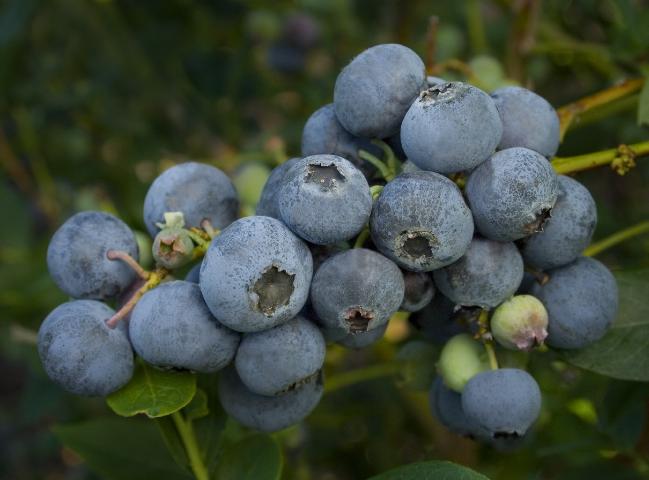By Clint Thompson
Blueberry harvest season is just around the corner for Southeast producers. Proper harvest and handling practices can make the difference in growers producing the best fruit quality.

Jonathan Oliver, University of Georgia (UGA) assistant professor and small fruits pathologist, provided reminders for farmers during the Southeast Regional Fruit and Vegetable Conference. The main tip is to handle berries when they are dry. Avoid harvesting wet fruit.

“Handling practices are really important when it comes to preserving fruit quality. A lot of these fungal organisms need moisture to spread from berry to berry. On ripe fruit, which are really vulnerable to fruit rot, if the fruit is wet, that will allow for any fungi that are on a few of the berries to spread to all of the other berries,” Oliver said. “You want to harvest fruit when it’s dry. Even a heavy dew can be a problem. When you’re using cooling, which we recommend after you harvest that you cool the berries down rapidly; it’s important that they’re kept at a stable, cool temperature. If they’re cooled and warmed and cooled and warmed, each of the times they warm up, you get condensation on the berry, and that will further wet the berry and allow these fruit rots to cause problems.”
The pathogen growth rate decreases during cooler temperatures.
Fruit defects can provide a point of entry for postharvest rot organisms. Producers should avoid harvesting and packing fruit that is damaged.
Overripe fruit are also more likely to harbor postharvest rots. Growers should harvest frequently, every 3 to 7 days.









